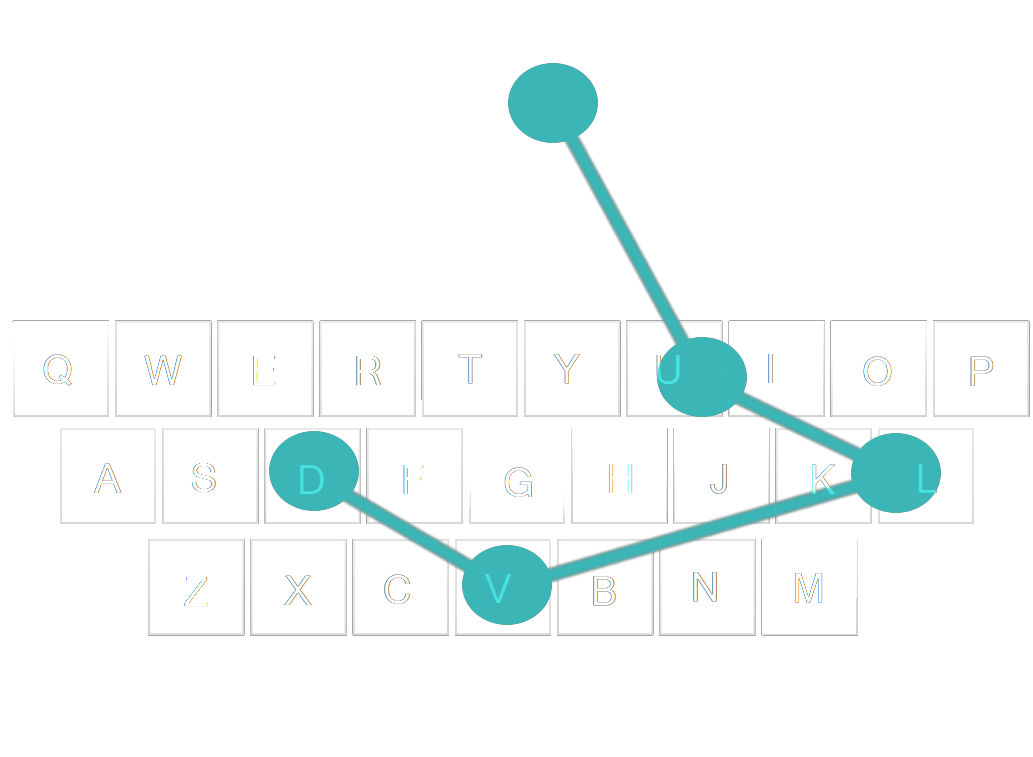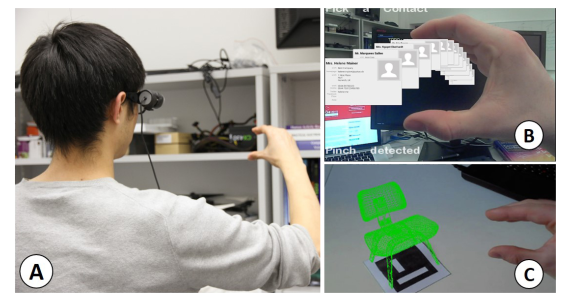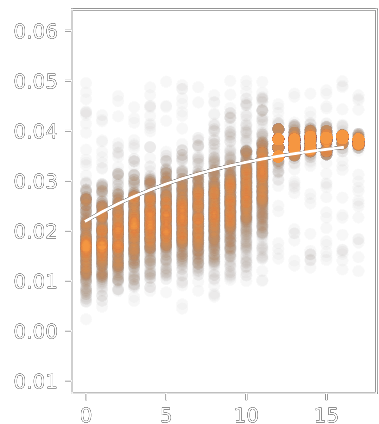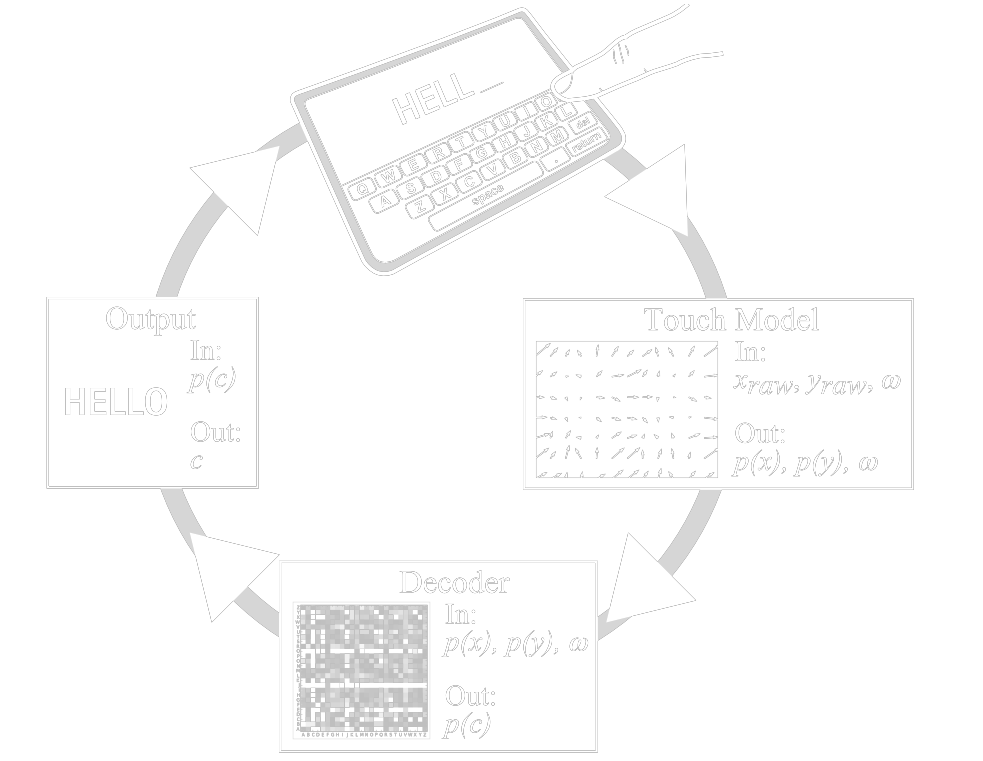
Computational Interaction Design
ACM SIGCHI CHI 2017 Course Notes
Monday 8th May 2017

Monday 8th May 2017

As interfaces become more sophisticated, designing them requires an exponentially expanding set of design decisions. Computational approaches are needed to synthesise elements of interfaces, to learn interaction structure from observations and to infer user intentions in a noisy world. Computational approaches empower HCI researchers to building sophisticated, robust interfaces quickly and reliably.
The course will cover:
This course will:
May 8th 2017
| Block 1 | 11:30 - 12:50 | Introduction to computational interaction design |
| Break | ||
| Block 2 | 14:30 - 15:10 | Designing layouts with combinatorial optimization |
| 15:10 - 15:50 | Machine learning for vision-based interaction | |
| Break | ||
| Block 3 | 16:30 - 17:10 | Robust motion-based interfaces using probabilistic state tracking |
| 17:10 - 17:50 | Probabilistic decoding for intelligent text entry | |




@inproceedings{computationalinteractioncourse:2017,
author = {Otmar Hilliges and
Per Ola Kristensson and
Antti Oulasvirta and
John Williamson},
title = {Computational Interaction Design},
booktitle = {ACM SIGCHI 2017 Courses},
year = {2017}}
2017 / computationalinteraction.org